Hello! The exhibition in the Sasabe Sakura Reference Room “A Life Dedicated to Sakura” is being held until Sunday, November 20. Please visit the museum before the exhibition ends so that you can learn about Sasabe Shintaro’s projects of planting and transplanting cherry blossom trees throughout Japan.
This is the third and the final article of the three-part series titled “Sasabe and Cherry Blossom Viewing Spots”. In this post, we will introduce the transplanting of Shōgawa-zakura cherry blossom trees in detail, which has been mentioned briefly in the past article.
Shōgawa-zakura cherry blossom trees are a pair of trees which were previously planted by the Miboro lake located in Shōgawa-cho, Takayama City, Gifu Prefecture. The trees, Kōrinji-zakura cherry and Shōrenji-zakura cherry, were named after the temples where they were each originally planted, Kōrinji temple and Shōrenji temple, respectively. Both trees were of the variety “Edohigan”- a long-living variety that grows into a giant tree. Shōgawa-zakura cherry blossom trees are known to live for 450 years. Since Takayama City is colder than Nishinomiya, where the Sake Museum is located, the flowers are at their best around Golden Week in late April or early May.
.jpg)
.jpg)
Now, let’s find out why those trees had to be replanted. In 1952, Japan was working to secure stable electric power in order to rebuild its economy after the Pacific War. Towards this purpose, the construction of the Miboro Dam was planned to utilize the current of Shōgawa River (a river that flows northward from Mt. Eboshidake in Takayama City, Gifu Prefecture, and empties into Toyama Bay).
-950x1200.jpg)
The construction of the Miboro Dam caused the two villages of Shōgawa and Shirakawa, located on the proposed construction site, to sink to the bottom of the dam’s lake, forcing residents to leave their homes. At that time, Takasaki Tatsunosuke, the first president of the Power Development Corporation, the company leading the construction of the dam, planned to transplant Kōrinji-zakura cherry that he had discovered at the submerged site, as a gesture of his condolences for the residents who would be forced to relocate. To undertake this unprecedented project, Mr. Takasaki, who regarded Mr. Sasabe as “Japan’s only doctor of cherry blossom trees” (“Cherry Blossoms at the Bottom of the Lake” by Takasaki Tatsunosuke, Bungei Shunju Magazine, August 1962), requested that he transplant the trees.
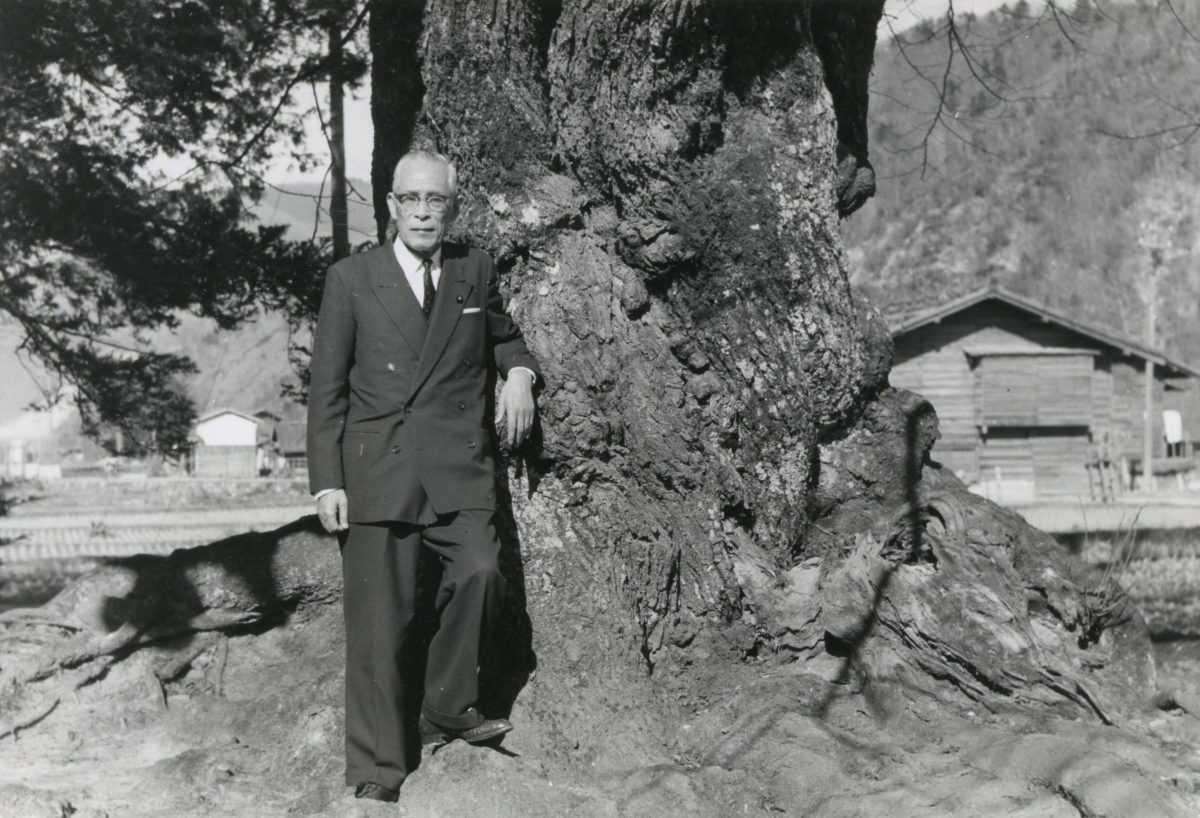
Sasabe, who was 73 years old at the time, led the transplanting despite suffering from high blood pressure, and visited Miboro for preliminary inspections and preparation. During the preliminary inspections, he discovered the Shōrenji-zakura cherry and suggested transplanting it along with the Kōrinji-zakura cherry. Sasabe’s preliminary inspection led to the transplantation of the two trees that would later be known as the Shōgawa-zakura cherry blossom trees.
Sasabe again visited Miboro to oversee the process of root digging and root wrapping, to ensure that the trees were well protected and ready to be transported. When snowfall made the originally planned transportation route of the trees and transplant site unusable, a letter was sent to Sasabe requesting approval of the alternative candidate site. This shows that Sasabe’s experience in cherry blossom trees’ research was important in the transplantation of the Shōgawa-zakura cherry blossom trees.
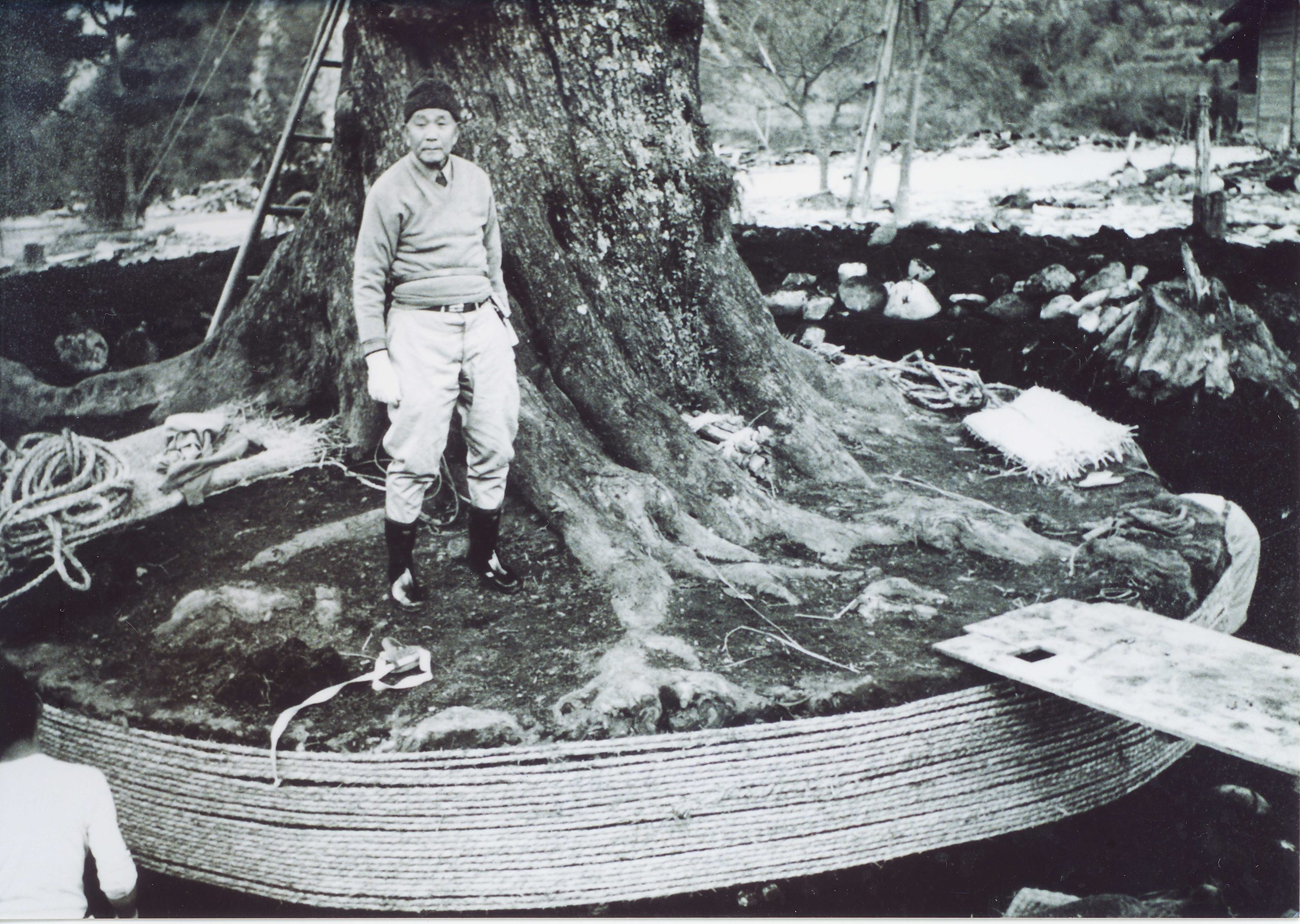
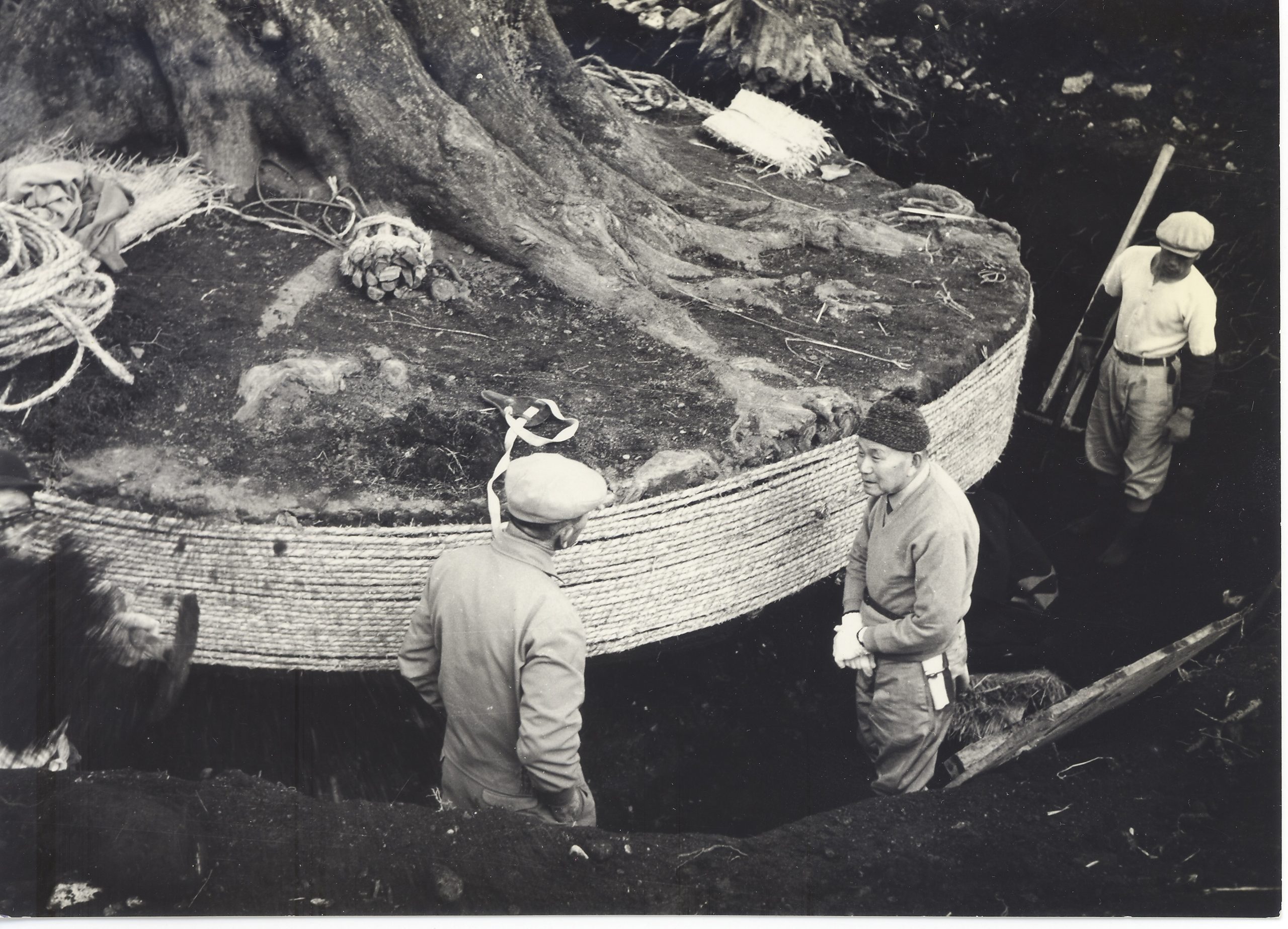
This transplanting project, which took place in Sasabe’s later years, was the biggest project of his life, among all other projects of planting cherry blossom trees at the Mint, Nishinomiya, and other locations. These cherry blossom viewing spots that remain to this day are the result of Sasabe’s dedicated efforts to preserve the diverse varieties of Japan’s indigenous cherry blossom trees.
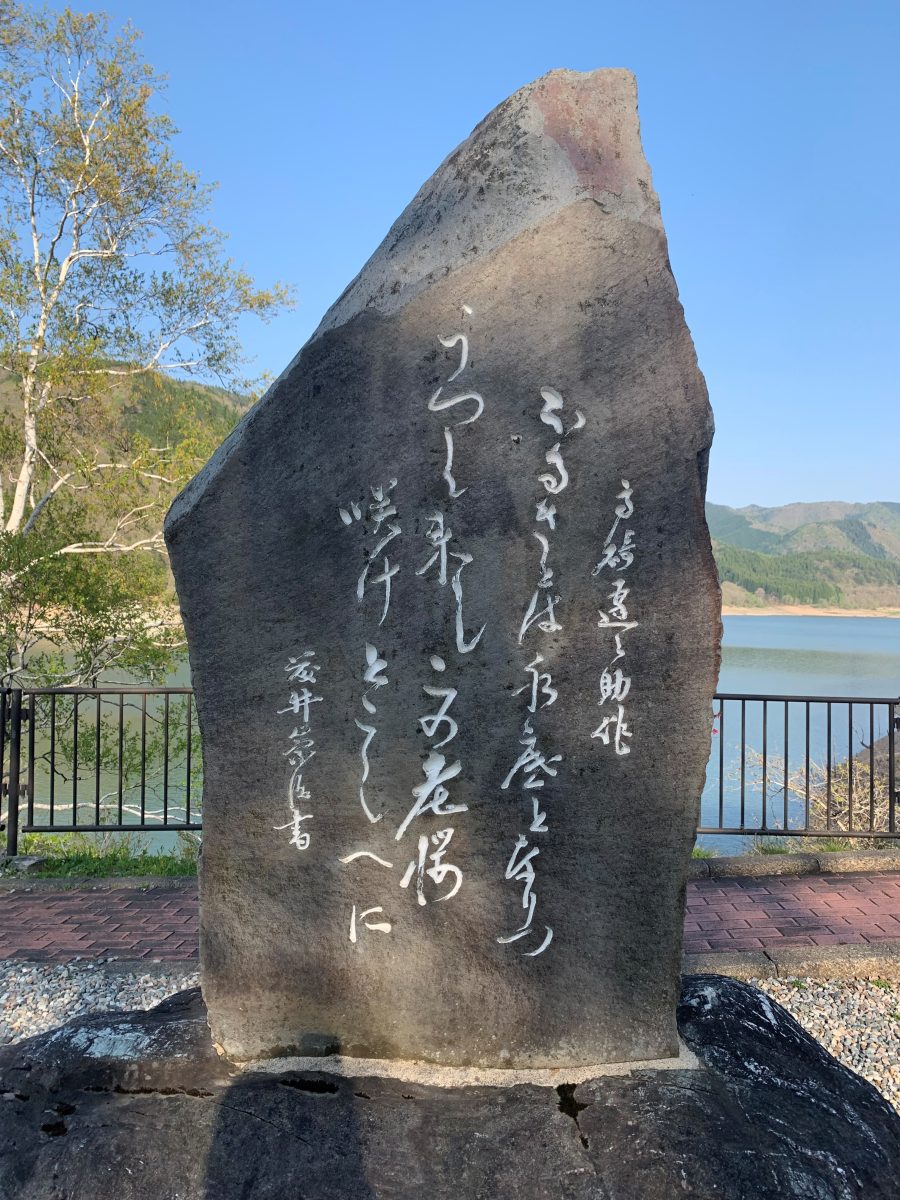
Lastly, we would like to inform you of our future posting schedule for All About Sakura. We have been posting monthly, but in order to further enhance the content, we will begin posting quarterly, on the 15th of January, April, July and October. Please look forward to our next article on January 15, 2023.


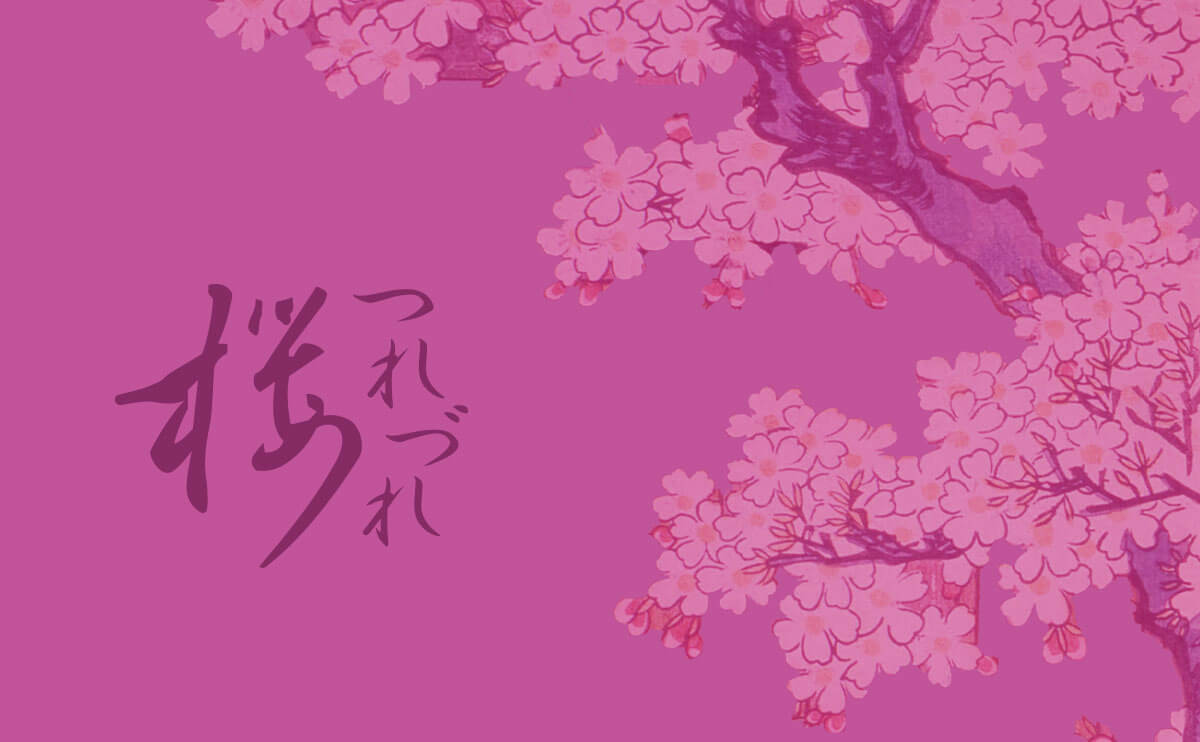
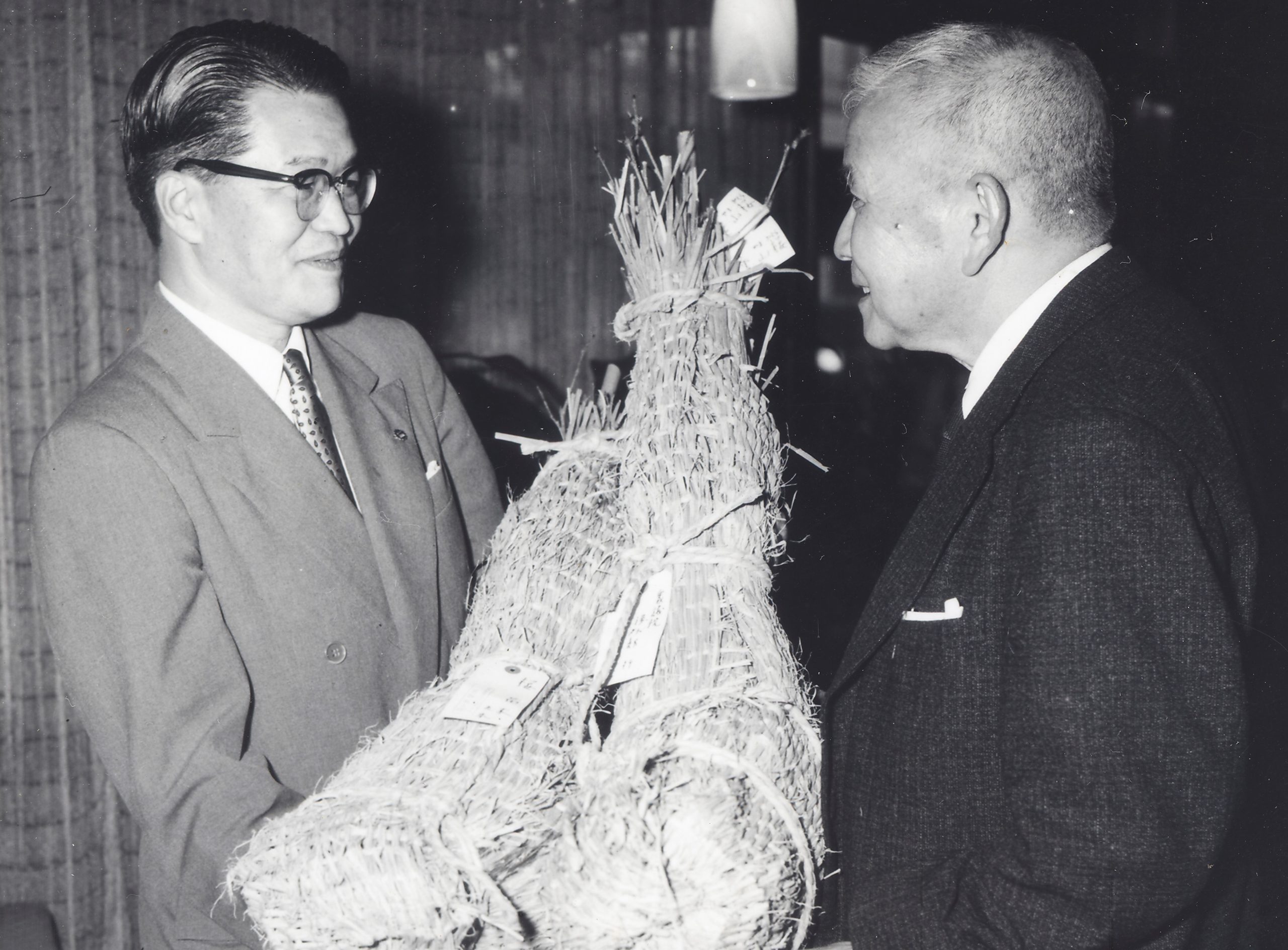

-scaled.jpg)
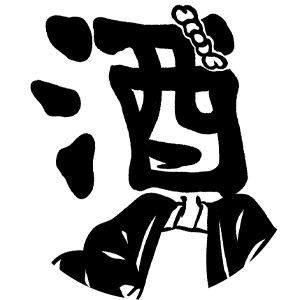
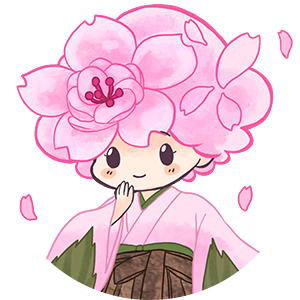
Cherry blossoms grown by seedlings have individuality!